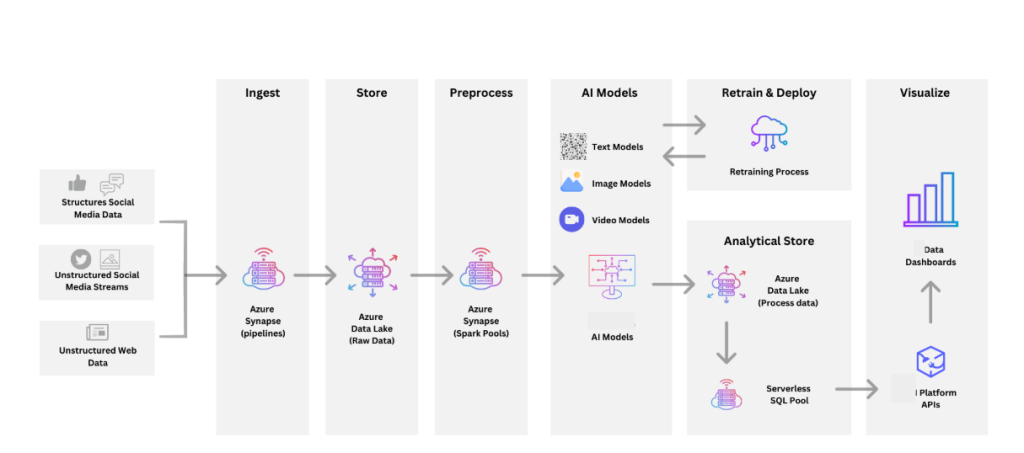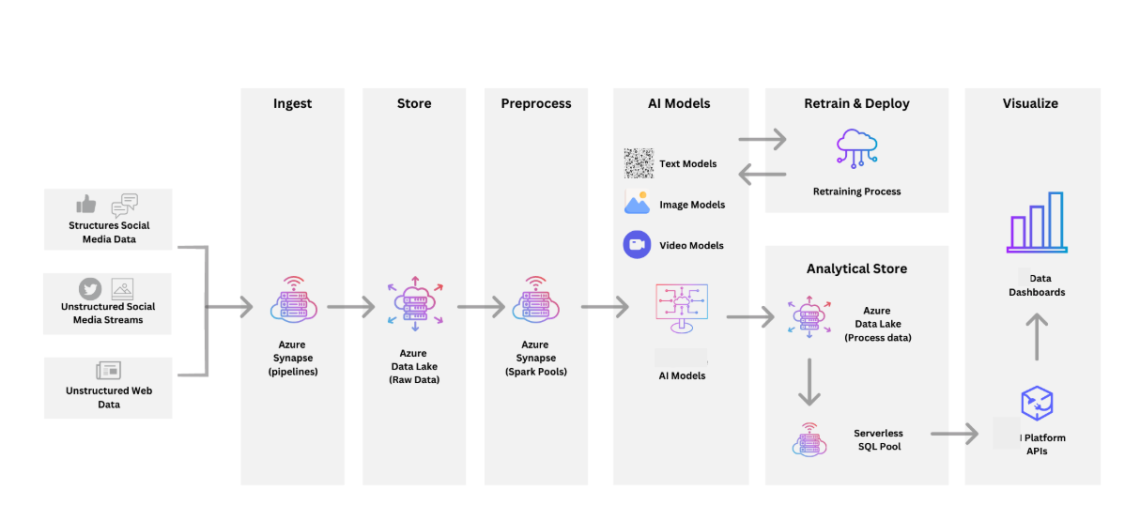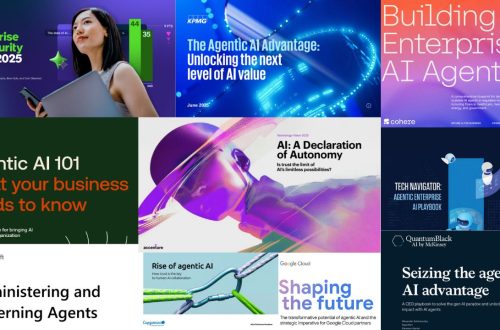In today’s fast-evolving technology landscape, cloud migration is a strategic transformation. In both of my recent roles, at Viral Nation and Achievers, I had the opportunity to lead two vastly different but equally complex cloud migration initiatives. One was a shift driven by client-specific cloud compliance needs in a modern cloud-native environment; the other was a legacy modernization initiative involving millions of users and decades of data. Migrating millions of data points across two very different ecosystems, one real-time, cloud-native; the other legacy and deeply entrenched, was a challenge I was proud to lead head-on.

Migration for Client-Specific Compliance at Viral Nation
Viral Nation’s influencer marketing and content platforms were designed as cloud-native systems built on AWS, supporting modern workloads and integrations. However, a critical client (It’s a major e-commerce platform and a direct competitor to Amazon) requested a transition away from AWS for data security and compliance purpose. This request initiated a comprehensive platform migration from AWS to Microsoft Azure.
The migration was of a SaaS with high-throughput social media platform used by major global brands like Uber, Meta and Chelsea FC where millions of real-time interactions flow through the system every day. Architecting a scalable design capable of handling such data volume while moving it from AWS to Azure was not only technically complex but required deep cross-functional coordination.
With thousands of tweets, posts, and reactions happening every second, the platform demanded an extremely resilient architecture. It was a huge undertaking – rebuilding services, realigning data ingestion patterns, and ensuring performance at scale. Designing an infrastructure that could handle such high data velocity while migrating across cloud ecosystems wasn’t just a technical feat – it was a strategic challenge that required deep collaboration across DevOps, AI, and product teams.
Phase 1: Assessment and Gap Analysis
We began by performing a cloud services mapping exercise:
- Identified all services and dependencies running on AWS (e.g., EC2, S3, RDS, Lambda).
- Evaluated whether there were direct equivalents in Azure (e.g., EC2 → Azure VM, S3 → Azure Blob Storage, RDS → Azure SQL).
- Noted potential redesigns where services did not translate directly.
Phase 2: Strategic Planning
- Developed a migration blueprint, broken into functional modules and services.
- Created a risk matrix and compliance checklists.
- Mapped out stakeholder responsibilities across DevOps, AI, Data Engineering, and Product teams.
Phase 3: Migration Execution
- Established scrum teams with daily standups, sprint planning, and bi-weekly demos.
- Staged the migration in layers: infrastructure, application, then data.
- Used tools like Terraform and Azure Migrate to automate provisioning and tracking.
Stakeholder Engagement
- Conducted joint planning and checkpoints with client’s technical and compliance teams.
- Maintained a feedback loop with QA and AI feature teams for validation and regression testing.
Outcome
The migration allowed us to retain the client as a high-value customer, improve system observability with Azure Monitor, and strengthen our multicloud readiness.
Modernizing a Legacy Platform at Achievers
Achievers has been a trusted name in employee recognition for over two decades, with a user base of 3M+ end users and deeply entrenched legacy data systems. Leading the “Data Revolution” initiative, I helped spearhead a complete modernization of the data platform from the ground up.
Modernizing a 25-year-old legacy system with over 3 million user records, accumulated over decades. Here, the focus was on preserving historical integrity, ensuring zero data loss, and creating a seamless transition for internal product and feature teams who depended on this data every day.
Migrating this volume of data meant we weren’t just dealing with scale – we were dealing with history. Every report, every user profile, every piece of recognition data had to be preserved and transitioned with precision. We set up five major workstreams from infrastructure and governance to real-time and client reporting—and engaged every feature team across the organization. Through custom workshops, architectural guidance, and robust governance practices, we made the transition smoother for all stakeholders while laying down a modern foundation for future innovation.
Programme Structure: Five Workstreams
We organized the migration into five parallel streams:
- Infrastructure Modernization
- Data Governance
- Real-Time Reporting (Data Exports and Analytics)
- Internal Reporting
- Custom Reporting for Clients
Each stream had its own leads, timelines, and technical KPIs.
Technical Foundation: Building the New Data Warehouse
- Established a medallion architecture (Bronze → Silver → Gold) on top of a modern cloud data warehouse.
- Implemented a new data modeling layer supporting both real-time analytics and batch pipelines.
- Provided data lineage and observability via tools like DataHub, and Airflow.
Enablement & Collaboration
- Created a developer enablement program including:
- Workshops on building ingestion and transformation layers.
- Internal documentation and guidance on pushing data from MySQL to curated layers.
- Role-based training for analytics engineers and feature teams.
- Rolled out a centralized data dictionary and enforced data governance standards through active tagging and classification.
Cross-Functional Leadership
- Partnered with data engineering, product, BI, and compliance teams to drive end-to-end accountability.
- Held weekly steering committee meetings and biweekly syncs with each stream.
- Ensured the voice of every feature team was heard during development planning and retro sessions.
Results
- Migrated hundreds of pipelines without disrupting user-facing analytics.
- Unified internal and custom client reporting under one scalable architecture.
- Enabled real-time insights that were previously impossible under the legacy stack.
Final Reflections
Every migration story is different, but a few common threads emerged:
- Stakeholder alignment is not optional – it’s foundational.
- Training and enablement turn abstract architectures into practical, usable systems.
- Planning is everything. But planning without agile adaptability is nothing.
At Viral Nation, the migration was about business decision and client satisfaction. At Achievers, it was about modernization and unlocking data potential. In both cases, the key wasn’t just in the tools or cloud provider it was in bringing people, process, and platform together.





